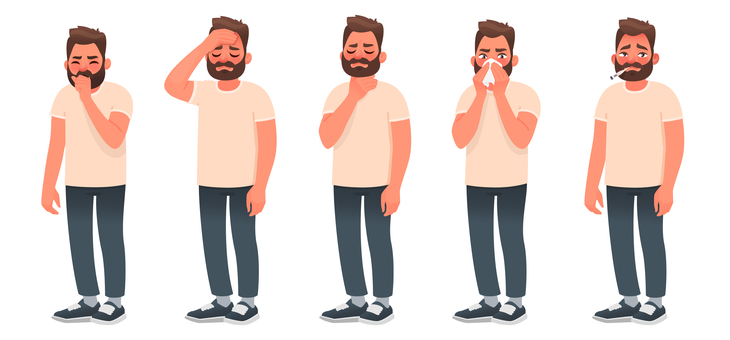Tens of thousands of COVID tests are carried out every day across Australia, vaccination rates are calculated almost hourly in the race to the federal government’s ‘Holy Grail’ of 80 per cent double vaccinated and, while NSW infection numbers are heading in the right direction, those in Victoria and Queensland are worrying.
While face masks, social distancing and good ventilation will continue to be advised as the country opens up, infections – even among the double vaccinated – will occur.
Commenting on an instance of virus transmission between two double vaccinated people in Queensland, Griffith University infectious diseases expert Nigel McMillan explained that COVID vaccines did not prevent transmission, just disease.
“There are only two vaccines that give what is called sterilising immunity, which means you don’t get any virus. One is measles and the other is chickenpox,” he said.
“So this COVID-19 vaccine is behaving like every other vaccine we have.”
Read: Booster jabs needed for older Australians
Couple COVID with spring, when hay fever and allergies run rampant through the community, and the $64 question – given the urgency of rapid detection –will be: is it COVID or just hay fever?
A paper published this week in PLOS Medicine says that seven symptoms experienced at the same time tips the balance in favour of COVID.
The researchers emphasise that rapid detection is the key to controlling transmission, but say that when testing capacity is limited, they must be used as efficiently as possible.
In the study, researchers obtained throat and nose swabs with valid SARS-CoV-2 PCR test results from 1,147,345 volunteers in England aged five and above, Science Daily reports.
Read: Australia finally set to join the rapid home testing party
The data were collected over eight testing rounds between June 2020 and January 2021. Participants were asked about the symptoms they had experienced in the week prior to testing.
The researchers then developed a model and found “seven symptoms were jointly positively predictive of PCR”.
These were:
- loss or change of smell
- loss or change of taste
- fever
- new persistent cough
- chills
- appetite loss
- muscle aches.
The first four symptoms are used in the UK to determine eligibility for community PCR testing.
Study co-author Paul Elliott, of Imperial College London, said: “Modelling suggested that the use of the seven symptoms identified for PCR test allocation would result in 30 per cent to 40 per cent of symptomatic individuals in England being eligible for a test (versus 10 per cent currently) and, if all those eligible were tested, would result in the detection of 70 per cent to 75 per cent of positive cases.
Read: Lockdown lows hit all-time high
“We understand that there is a need for clear testing criteria, and that including lots of symptoms which are commonly found in other illnesses, like seasonal flu, could risk people self-isolating unnecessarily. I hope that our findings on the most informative symptoms mean that the testing program can take advantage of the available evidence, helping to optimise the detection of infected people.”
Given that there have been at least 40 COVID deaths at home in this outbreak, medical authorities say to call 000 if these severe symptoms are experienced:
- shortness of breath or difficulty breathing
- chest pain or pressure
- loss of speech or movement.
How are you feeling about communities opening up again? Are you likely to spend more time at home than was once usual or will you take all possible precautions and dive back into life? Why not share your thoughts in the comments section below?
If you enjoy our content, don’t keep it to yourself. Share our free eNews with your friends and encourage them to sign up.

